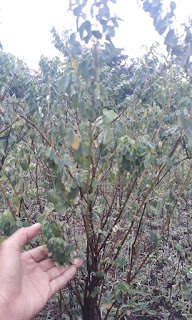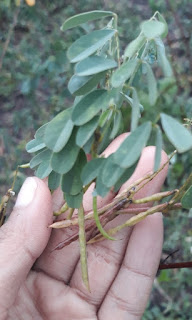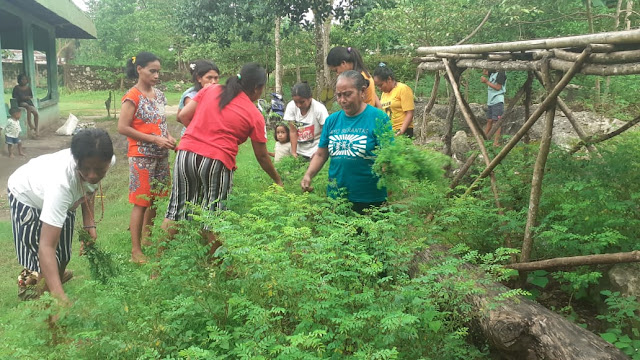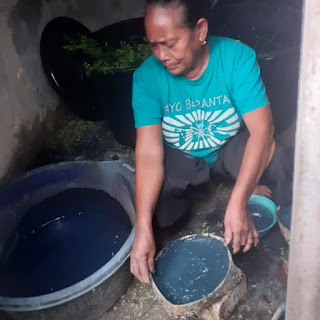Eco-friendly Using Natural Dyes
Saturday, 12 December 2020by adminstube
The beauty of Sumbanese woven cloth is so admirable, especially the natural colouring woven cloth. It looks elegant and unique. Each plant can be a source of natural dyes because of its natural pigments of its bark, stem, leaves, roots, and pulp. The potency of natural dyes is determined by the colour intensity produced and the color presented by the plant itself. Natural dyes have been recommended by many people as eco-friendly dyes either for the environment or human health because their natural components have a low pollution load and non-toxic.
One of the materials learned by the women weaving group of Tanatuku is the introduction of dyeing plants for weaving. The plants used as dyes can be found nearby their place, thus it saves costs. The advantages of natural dyes are the varied and unique colour, the color intensity nourish the eyes, and the antioxidants bring comfortable and safe to wear. The woven cloth of East Sumba generally uses dyes from the leaves of indigo (Indigofera) for the blue colour, the root of noni (Morinda citrifelia) for red colour, turmeric (Curcuma) produces yellow and candlenut.
On December 10-11, 2020, during the process of tying the yarns, the members of the weaving group explored the soaking stage of natural dyes. Mama Yustina, the weaving trainer, explained the use of Nila/Indigofera by using its leaves, stems, and roots. She invited them to pick up the Indigofera leaves in front of the house to practice from the soaking until getting the result. The natural dyes woven clothes have a high selling value or economic value because they have artistic value and distinctive colours so that they are ethnic and environmentally friendly. Each dyeing process takes almost a week because one cloth consists of three colours, so the complete colouring process can take one month. After all the colouring step is finished, the cloth must be soaked in candlenut oil, then dry it.
Currently, the stage of tying the yarns is complete, and it is waiting for the results of the dye mixture to soak it. The group members cannot wait to see their woven cloth is soaked in natural dyes, as a reference for proving the tying quality they made. After the colouring stage, they will enter the real process, the weaving process. It is the final process in the making of woven cloth manufacture which takes time, but the process may be completed on time because of their cooperative works.
The strong spirit of cooperativeness made the group active and alive. Currently, the weaving program is known by many people, not only in Tanatuku village but also the neighboring villages know the existence of the weaving group. Many of them have ordered scarves, sarongs, and clothes when the group supported by Stube HEMAT has produced their products. Keep up the spirit of the woman group.***



